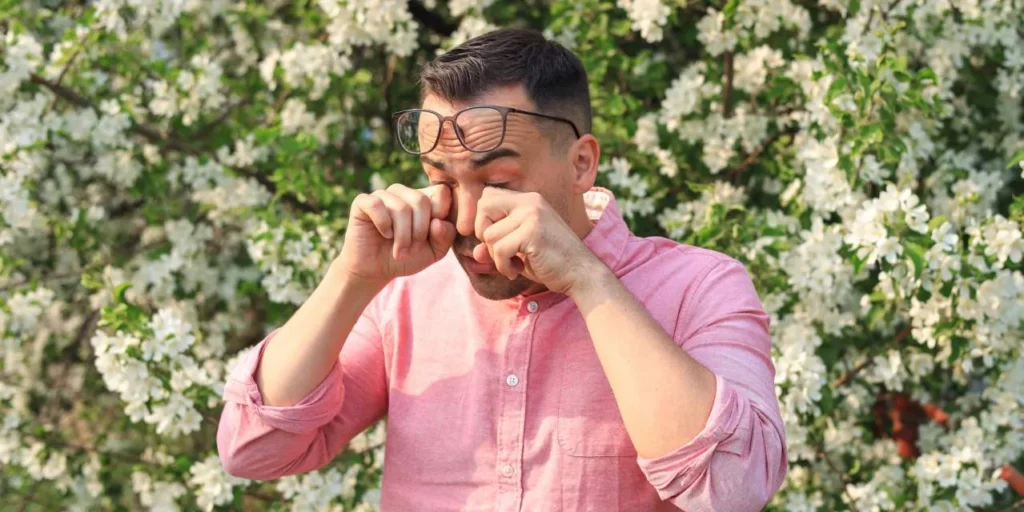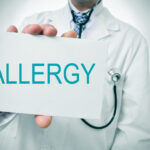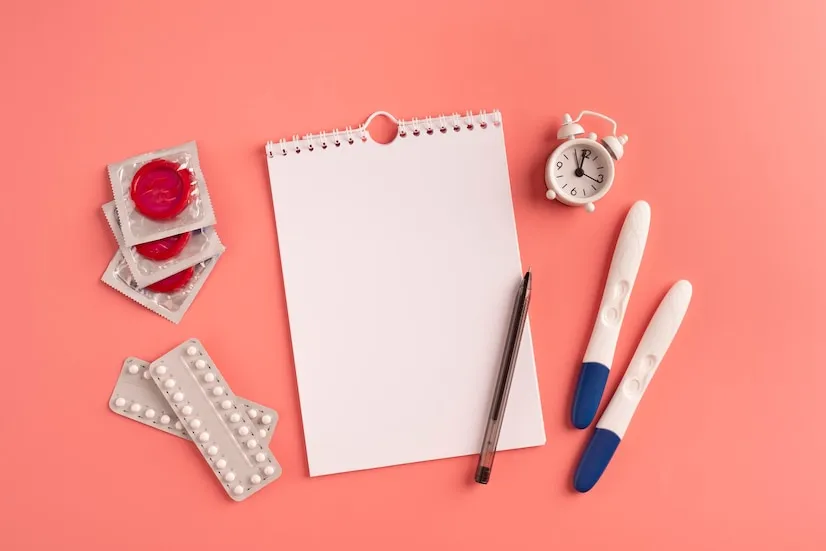Spring 2025 has ushered in one of the most intense allergy seasons New York City has experienced in recent years. Multiple factors including higher-than-average pollen counts, urban heat island effects, and climate change have combined to create the perfect storm of respiratory irritants across all five boroughs. Manhattan’s tree-lined streets and the extensive green spaces of Central Park have become major sources of tree pollen, particularly from oak, maple, and birch trees that are currently in peak pollination phase.
Weather patterns have exacerbated the situation, with recent dry, windy days helping pollen travel farther and affect more residents. Many New Yorkers are experiencing more severe symptoms than usual, from persistent congestion and itchy eyes to respiratory difficulties. The city’s pollution levels also compound these issues by irritating already sensitive airways and creating a more hostile environment for allergy sufferers, particularly those affected by New York’s seasonal allergies.
Medical professionals across NYC are reporting increased patient visits for allergic reactions related to pollen in the air. allergy-related complaints and pollen allergies are on the rise in New York City.. Allergy specialists at LocalMD and other citywide clinics recommend starting antihistamine regimens early and consistently monitoring local pollen forecasts. Indoor air quality management has become essential for managing symptoms during this particularly challenging New York allergy season.
Understanding Allergy Season in New York City
New York City experiences distinct allergy seasons that affect millions of residents each year. Allergy severity fluctuates based on weather patterns, pollution levels, and the city’s unique urban environment.
Factors Contributing to Severe Allergies
NYC’s allergy intensity stems from several interconnected factors. The urban heat island effect raises temperatures in the city compared to surrounding areas, extending growing seasons and increasing pollen production.
Air pollution traps allergens close to ground level, preventing their natural dispersion. Vehicle emissions and industrial pollutants combine with pollen particles to create more potent allergens that can trigger stronger allergic reactions.
The city’s architecture also plays a role. Tall buildings create wind tunnels that can concentrate airborne allergens in certain areas. Limited green space means fewer places for pollen to settle away from pedestrian areas.
Climate change has extended the allergy season by 20 days compared to the 1990s. Warmer temperatures and higher CO2 levels increase plant growth and pollen production, exacerbating allergic reactions.
Common Pollen Allergens in the Region
Tree pollen dominates NYC’s spring allergy season, typically beginning in March and peaking in April. Oak, maple, birch, and elm trees Ragweed and other types of pollen are primary culprits, releasing tiny pollen particles that easily travel through the air.
Grass pollen becomes problematic from May through July. Kentucky bluegrass, timothy grass, and ryegrass are particularly common in city parks and surrounding suburban areas.
Ragweed emerges as the dominant allergen from August through October. A single ragweed plant can produce up to one billion pollen grains per season, and they can travel up to 400 miles on the wind.
Mold spores present year-round challenges but peak during humid summer months and fall leaf decay. Urban construction and aging infrastructure create ideal conditions for mold growth, which can worsen allergic responses.
Monitoring daily pollen counts through resources like LocalMD.nyc can help allergy sufferers plan outdoor activities accordingly.
Navigating New York’s Pollen Landscape
Understanding NYC’s unique pollen patterns can help allergy sufferers anticipate and manage symptoms more effectively. The city’s urban environment creates distinctive allergen dynamics that differ from suburban or rural areas.
Interpreting Pollen Count and Forecast
Pollen counts measure the concentration of airborne pollen grains in a specific area. In NYC, counts typically range from low (0-2.4) to very high (9.7+), with moderate levels beginning at 4.9.
Most weather apps and websites provide daily pollen forecasts, but specialized resources like the National Allergy Bureau or LocalMD’s allergy tracker offer more detailed NYC-specific information. These platforms categorize pollen by source (trees, grasses, weeds) and severity.
Wind patterns significantly impact pollen distribution throughout the city. Higher counts often occur in parks and less developed areas, while mid-town Manhattan may experience lower levels due to fewer plants and more buildings acting as barriers.
Checking forecasts daily helps allergy sufferers plan outdoor activities and medication timing, ensuring they stay informed about pollen count and allergy info. Morning hours typically show higher pollen counts as plants release pollen with the rising sun.
High-Risk Periods for Allergy Sufferers
NYC experiences distinct allergy seasons with predictable peaks. Tree pollen Ragweed pollen dominates from March through May, with oak, maple, and birch being primary culprits for allergic reactions. April typically brings the highest tree pollen counts.
Grass pollen Grass pollen becomes prominent from May through July, creating a challenging overlap period in late spring for those with pollen allergies. Weed pollenThe intensity of ragweed, particularly in late summer, intensifies from August through October.
Climate change has extended NYC’s allergy seasons, with earlier spring blooms and later fall frosts, impacting the types of pollen present. Urban heat islands within the city can accelerate plant growth and pollen production compared to surrounding areas.
Rainy days temporarily reduce pollen counts but often lead to higher counts afterward. Particularly difficult periods occur during warm, windy, dry days following rainfall.
Strategies for Allergy Management in NYC
Living with allergies in New York City requires both medical intervention and practical lifestyle adjustments to reduce exposure to the city’s abundant allergens.
Allergy Treatments and Medications
Over-the-counter antihistamines like Claritin, Zyrtec, and Allegra can provide significant relief for many NYC residents suffering from seasonal allergies. These medications block histamine, the compound responsible for allergy symptoms such as sneezing and itchy eyes.
Nasal corticosteroid sprays are another effective option for managing persistent symptoms. These reduce inflammation in nasal passages and can be particularly helpful during peak pollen seasons in the city.
For more severe cases, prescription medications or immunotherapy may be necessary. LocalMD clinics in Queens ((718) 307-1577) and Brooklyn ((718) 475-0065) offer specialized allergy treatment plans tailored to New York City’s unique allergen profile.
Some patients find relief with saline nasal rinses, which physically flush allergens from nasal passages. This can be especially beneficial after spending time outdoors when pollen counts are high.
Reducing Exposure to Allergens
Monitoring daily pollen levels in New York through weather apps or websites allows you to plan outdoor activities accordingly. Pollen counts typically peak in the morning and on warm, windy days.
Keep your windows closed during high pollen seasons, especially in neighborhoods with abundant street trees. Using air conditioning with HEPA filters can significantly reduce indoor allergen levels.
When returning home, change clothes and shower to remove pollen that may have collected on your body and hair. This simple step prevents bringing outdoor allergens into your living space.
Consider wearing sunglasses and masks when outdoors to create physical barriers against airborne allergens. In a city as dense as NYC, these protective measures can make a noticeable difference in symptom management.
Washing bedding weekly in hot water eliminates accumulated allergens, while regular vacuuming with a HEPA-filtered vacuum reduces dust and pet dander in your home. These habits create a lower-allergen sanctuary from the city’s outdoor irritants, helping those with pollen allergies.
Frequently Asked Questions
Allergy conditions in New York City have reached particularly high levels during spring 2025, with several factors contributing to the current situation. Understanding the specific allergens and patterns can help residents better manage their symptoms.
What allergens are currently prevalent in New York City?
Tree pollen from oak, maple, and birch trees dominates NYC’s allergen landscape, with grass pollen beginning to rise as temperatures increase, contributing to the overall pollen count and allergy info.
What is the pollen count in New York City over the past five days?
NYC has experienced pollen counts ranging from 8.6 to 11.2 (high to very high) over the past five days, with April 6th recording the highest level according to data from LocalMD monitoring stations.
Which months are considered the peak of allergy season in New York City?
Mid-April through early June represents peak tree and grass pollen season in NYC, with a secondary peak occurring in late August through September due to ragweed.
How does today’s mold spore concentration affect allergy sufferers in NYC?
Today’s mold spore concentration registers at moderate levels (1,200 spores per cubic meter), primarily affecting those with specific mold allergies and asthma sufferers.
What trends are being observed in New York City’s ragweed pollen levels?
While currently minimal, ragweed pollen is showing concerning early presence in isolated areas, which meteorologists attribute to the unusually warm March temperatures, affecting New York’s seasonal allergies.
How do dust and dander levels today compare to typical concentrations in NYC?
Indoor allergen measurements indicate dust mite and pet dander concentrations are approximately 15% higher than seasonal averages, likely due to increased HVAC usage as temperatures fluctuate.






